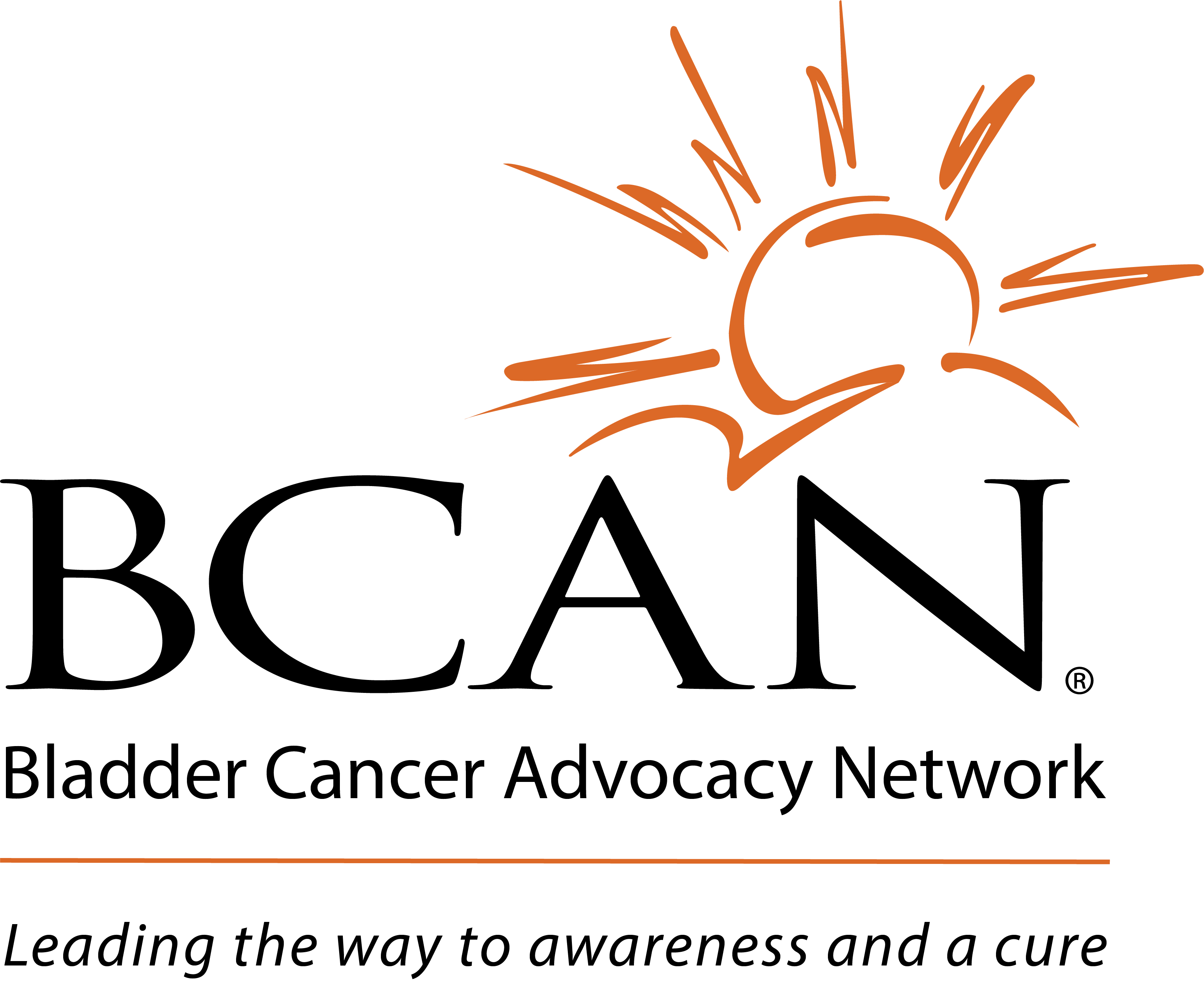- About Us
- Advertise / Support
- Editorial Board
- Contact Us
- CancerNetwork.com
- TargetedOnc.com
- OncLive.com
- OncNursingNews.com
- Terms & Conditions
- Privacy
- Do Not Sell My Information
- Washington My Health My Data
© 2025 MJH Life Sciences™ and CURE - Oncology & Cancer News for Patients & Caregivers. All rights reserved.
Getting Newly Approved Cancer Drugs May ‘Take a Village,’ Experts Say
Ashley Chan, assistant editor for CURE®, has been with MJH Life Sciences since June 2023. She graduated with a B.A. in Communication Studies from Rowan University. Outside of work, Ashley enjoys spending time with family and friends, reading new novels by Asian American authors, and working on the manuscript of her New Adult novel.
Prescribing newly FDA-approved drugs may take a long time before patients can start taking them, so experts told CURE® why.
For patients with bladder cancer, being prescribed certain drugs may “take a village,” particularly for medications recently approved by the Food and Drug Administration (FDA), two experts told CURE®.
In particular, the recent FDA approval of Balversa (erdafitinib) for patients with metastatic bladder cancer with susceptible FGFR3 or FGFR2 alterations was an instance of the “village” it takes to prescribe the medication to eligible patients.
“There are a couple of additional steps with medications like [Balversa], compared to say a blood pressure medication or some of the more routine medications that patients might be on,” explained Kelli Rourke, a pharmacist with specialized clinical training in oncology at Johns Hopkins University School of Medicine, during an interview with CURE®.
“There is typically an insurance authorization step for these medications. And then once authorization is obtained from insurance, sometimes we run into issues with the cost,” she said. “Even when they're covered, we can still see really high copays for patients and out-of-pocket costs on these medications. So, these additional steps can cause some barriers or delays and getting the patient started on that medication.”
These additional steps taken before patients receive their prescribed drugs cause a whole team to become involved in the process, said Dr. Jean Hoffman-Censits, a doctor and associate professor of medical oncology and urology at Johns Hopkins Medicine, in the same interview.
“The first [step] is getting some additional information about the tumor to determine whether or not a patient really is eligible for this medication,” she explained. “One of the steps is that information has to be gotten and there's a few different ways that oncologists in general are getting this information. But that's either a send-out or we interface with the pathology team at the local hospital to get that information. It can take a few weeks to get back, so in the meantime, we're using other therapies.”
But the village also goes beyond just the doctors on the care team. Other specialists may be involved, depending on patient needs and the side effects they experience from the related drug.
Specifically with Balversa, Hoffman-Censits noted that a common side effect patients experience was higher levels of phosphorous. She said this would often lead to engaging with a dietician or nutritionist to help patients select the necessary food in their diets to balance and manage their side effects.
LEARN MORE: Balversa Fills a ‘Critical Need’ for Metastatic Bladder Cancer
When drugs are FDA-approved, it’s very common for doctors and pharmacists to want to get eligible patients started on the drug, Hoffman-Censits and Rouke agreed, but more steps are involved before the drug is even shipped.
“When a drug has a lot of promise, and you find out it's FDA approved, we as clinicians are eager to get that drug started. But the manufacturer may not have shipped it yet, or the insurer and the manufacturer may not even have a billing code for that drug yet,” said Hoffman-Censits. “Each institution has a pharmacy and therapeutics committee that has to approve that that drug is being used. So multiple different steps really have to come to pass.”
Additionally, Hoffman-Censits and Rourke noted that the timing of when patients can receive these drugs depends on whether the drug was ever approved before in a different indication.
“It can take some time if the drug has never been FDA approved, that's somewhat different than if a drug was approved for a different indication,” Hoffman-Censits said. “So for instance, in the past couple of years, [bladder] cancer has started using a drug that was previously FDA-approved for breast cancer. So all of those previous issues with the shipment and having the drug available and on a formulary (list of prescription drugs) were fine. And it's almost like you just opened a new door, and now a new group of doctors can use the medication.”
“Sometimes we want to just snap our fingers and be able to do the new things and kind of offer these new options to patients. But [also] recognizing that there can be a lot of steps when it is truly a new [drug],” Rourke added. “But [we recognize that] it can be a little bit more of a slow process when it's a truly new approval and a new indication kind of across the board.
For more news on cancer updates, research and education, don’t forget to subscribe to CURE®’s newsletters here.
Related Content:




